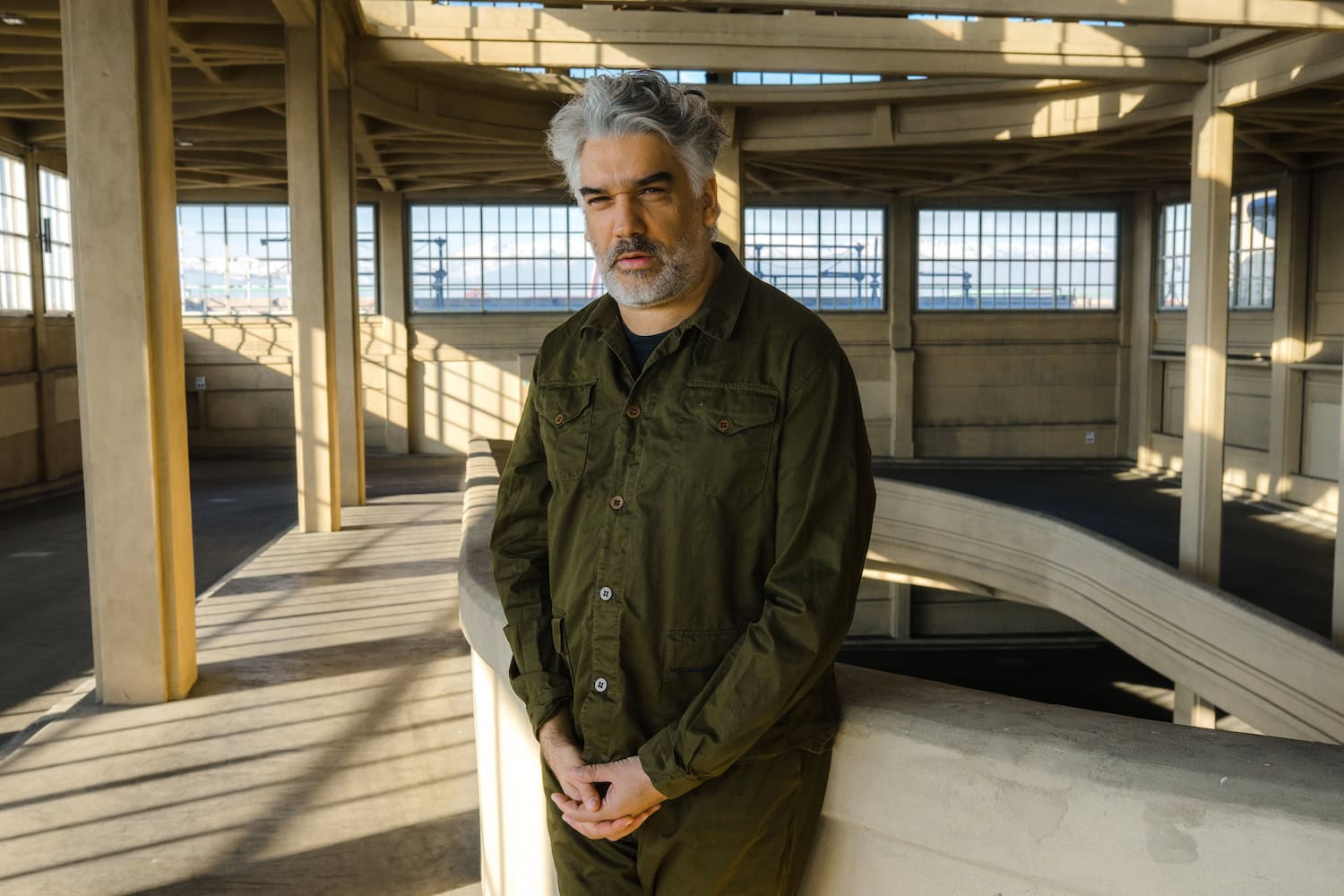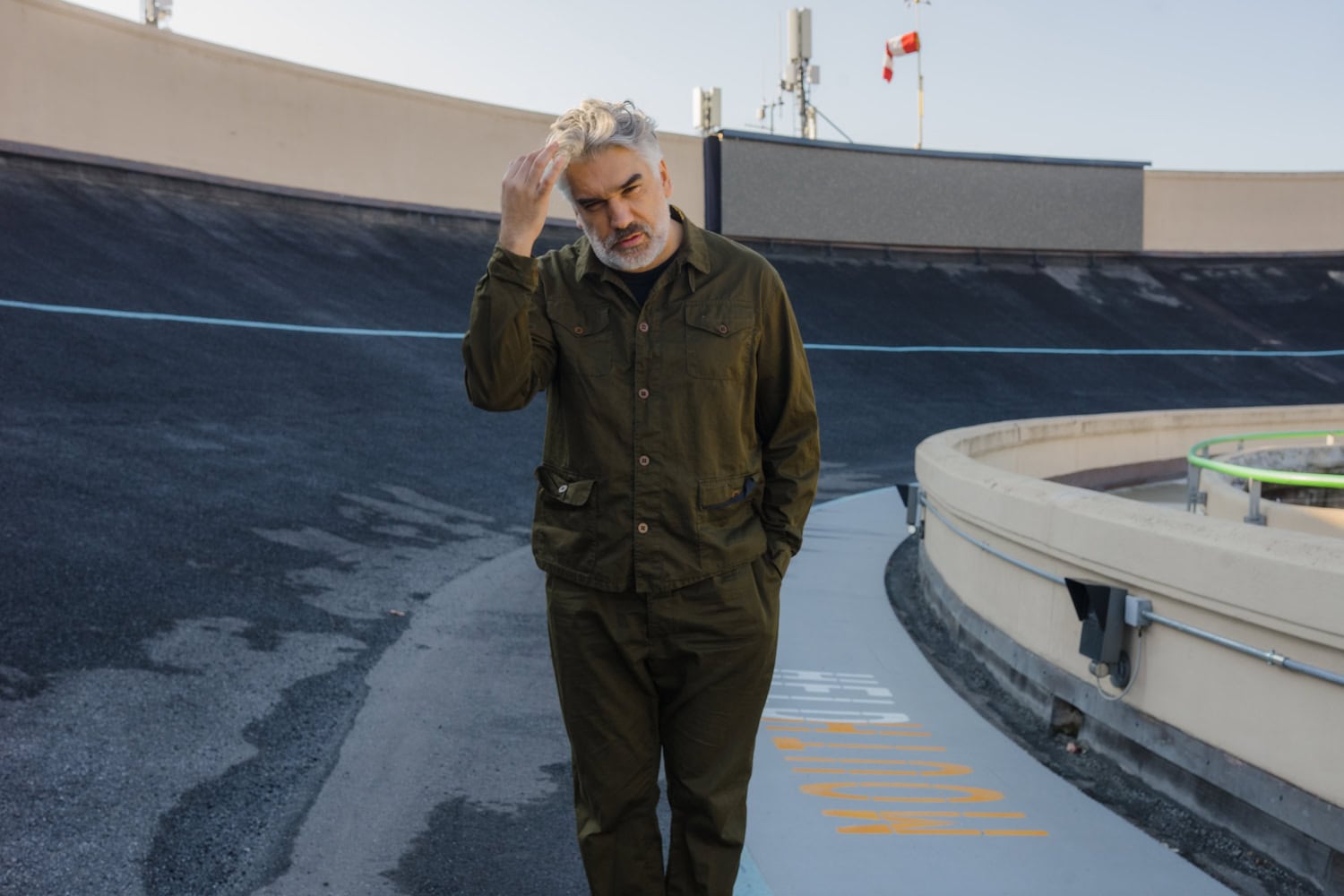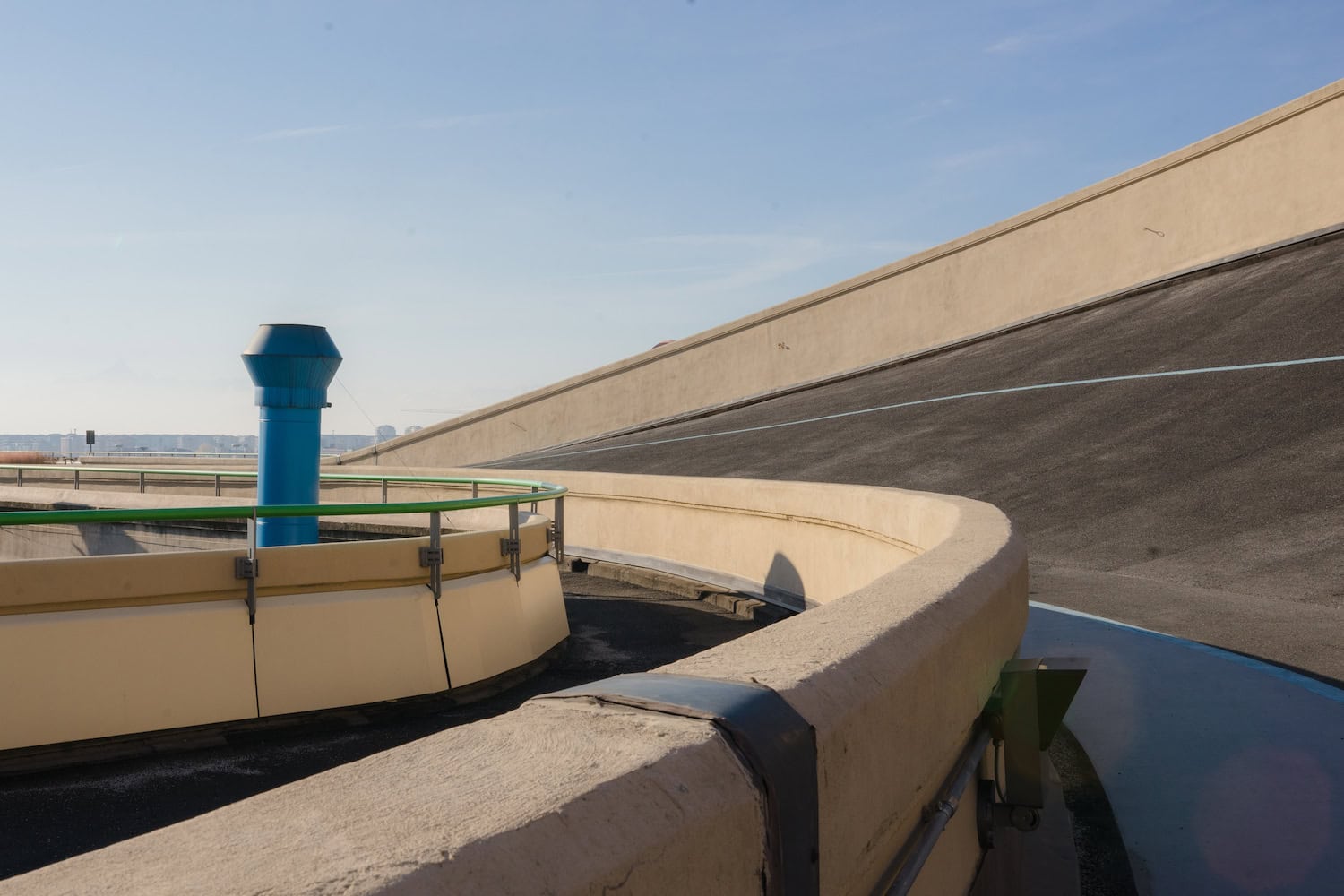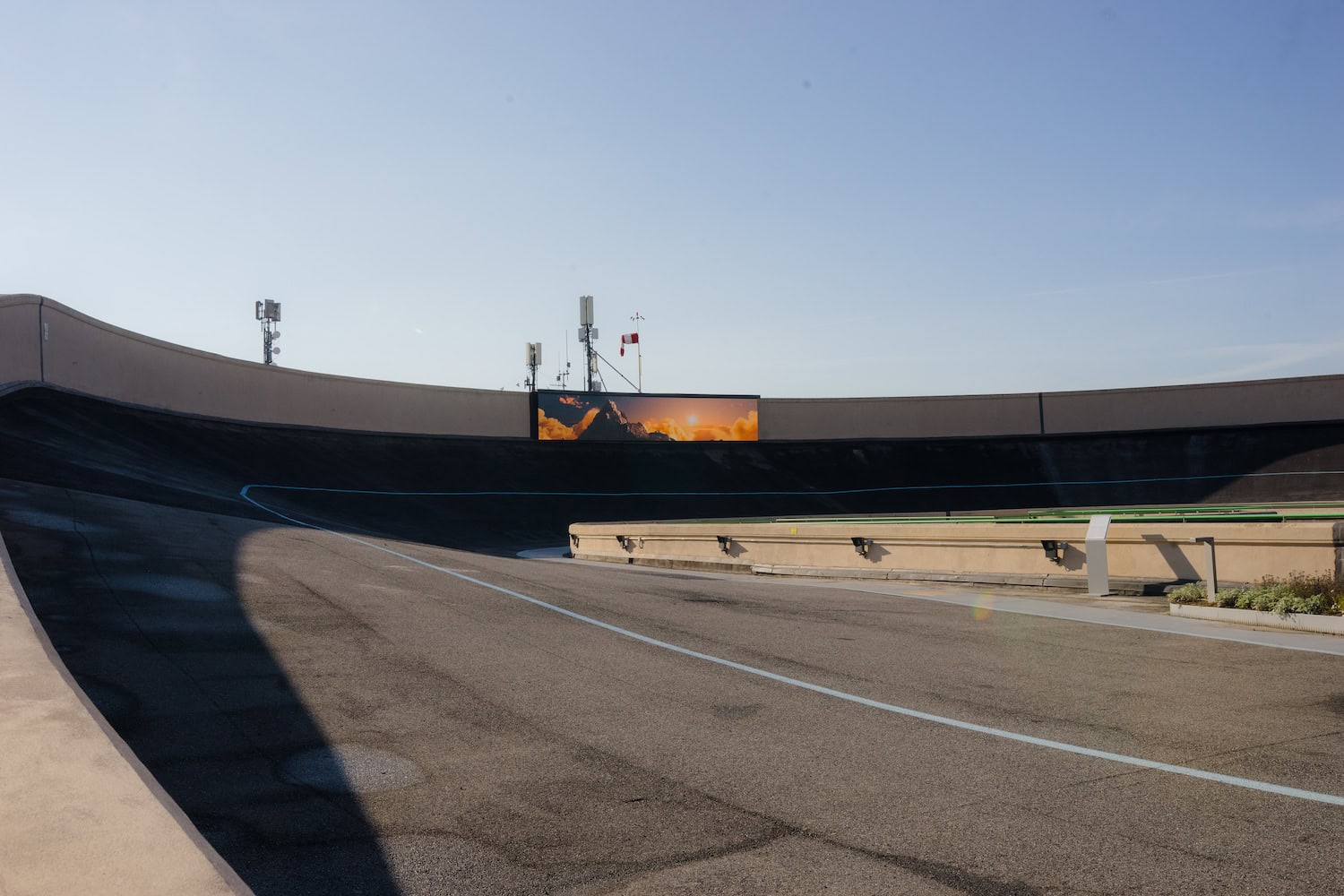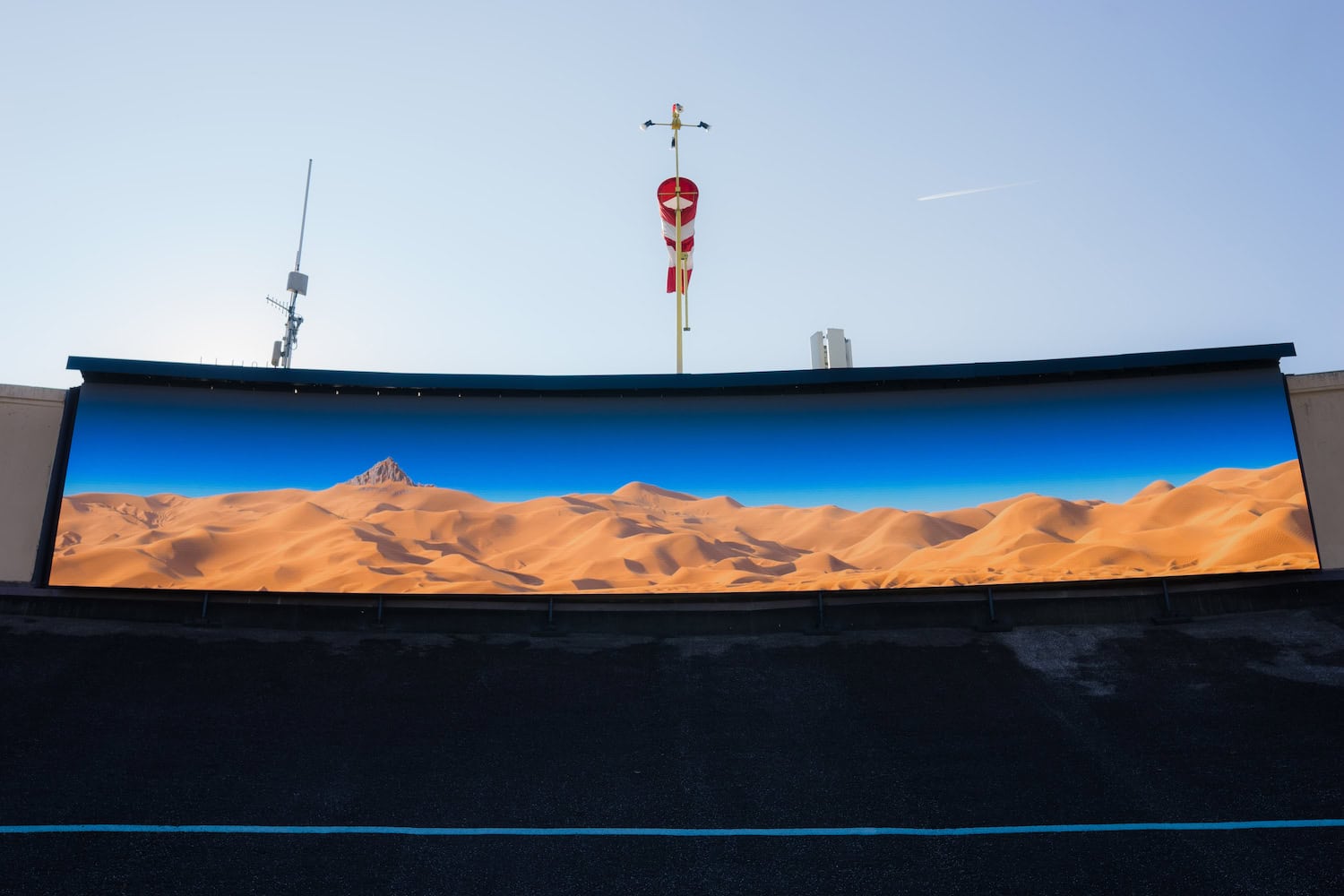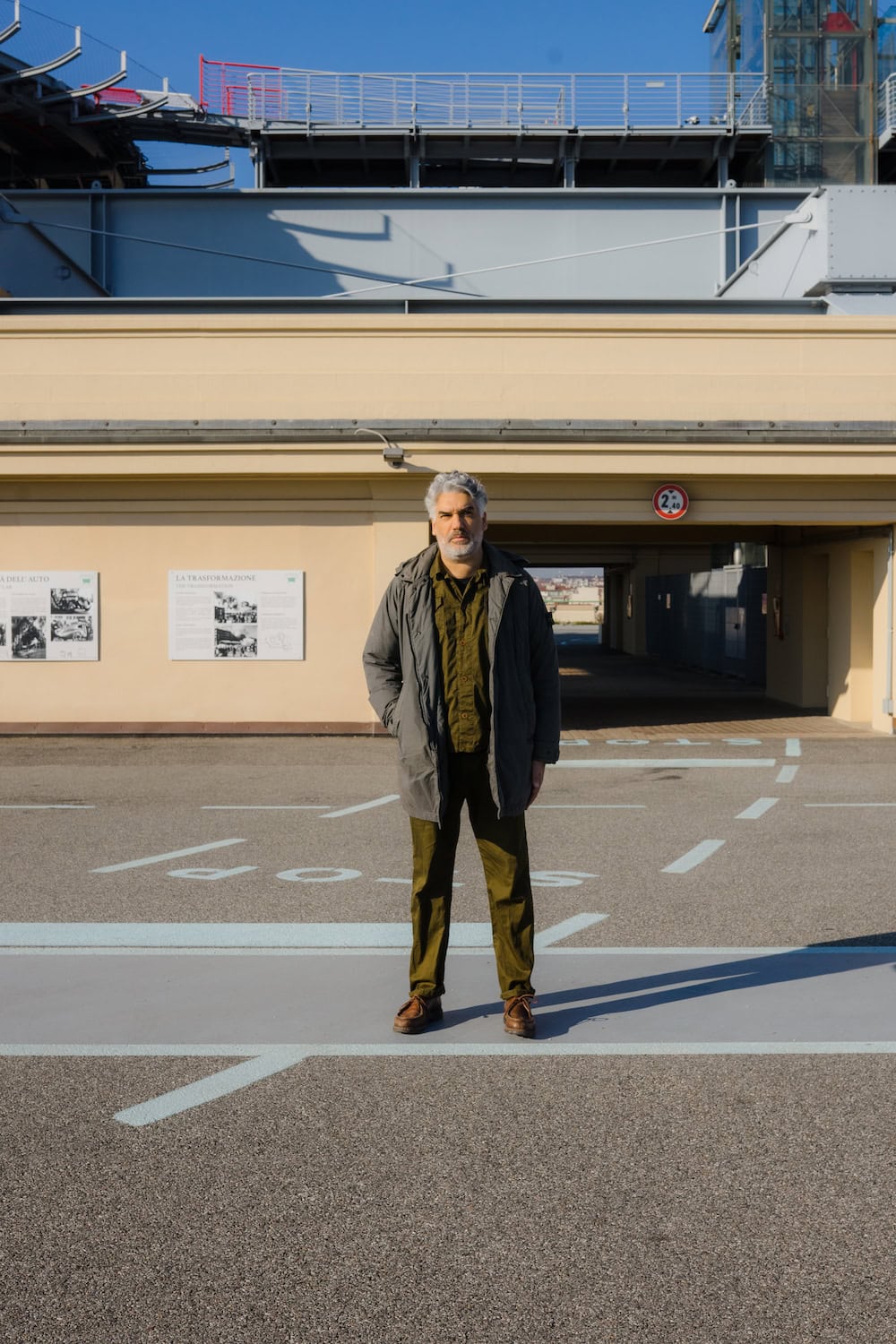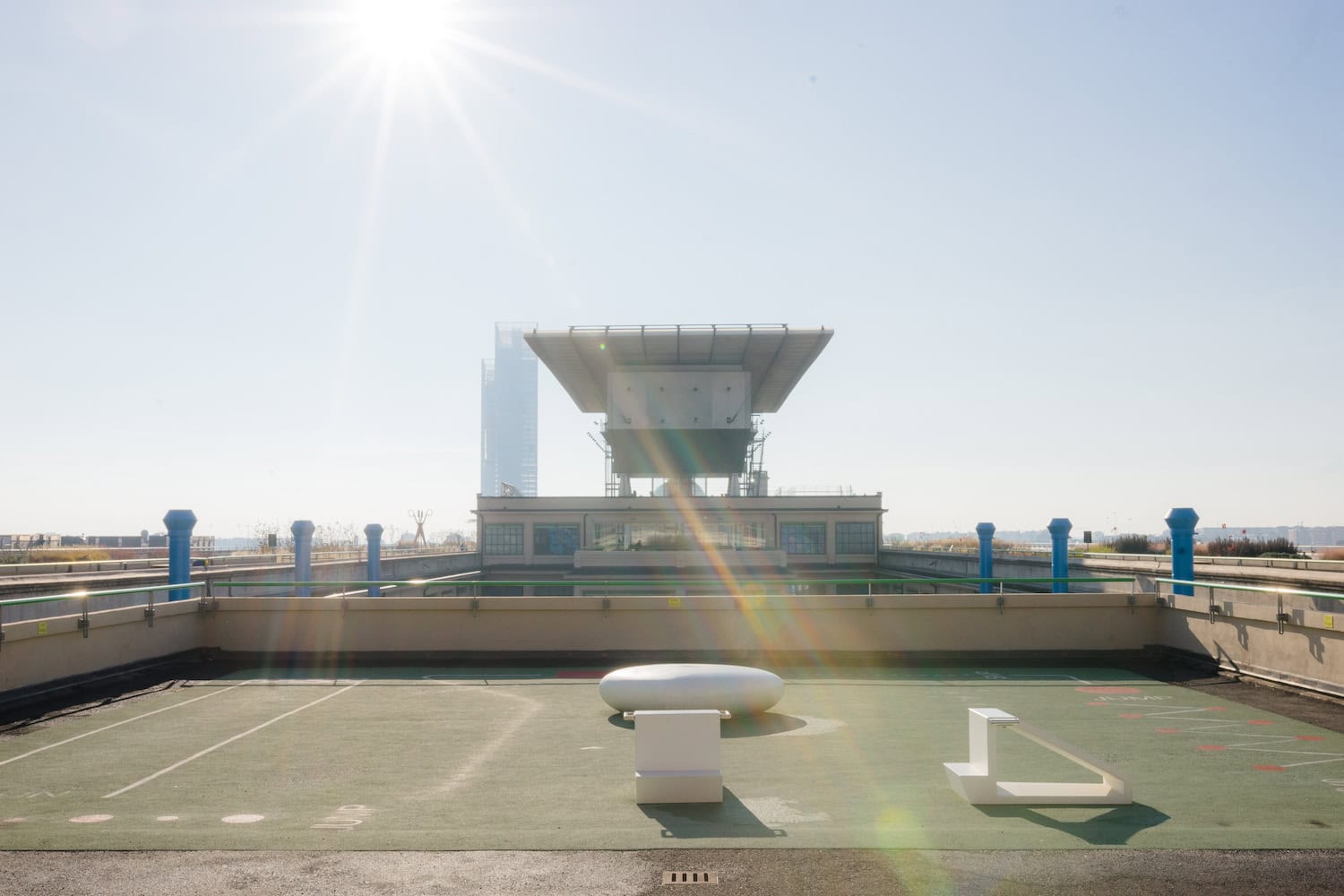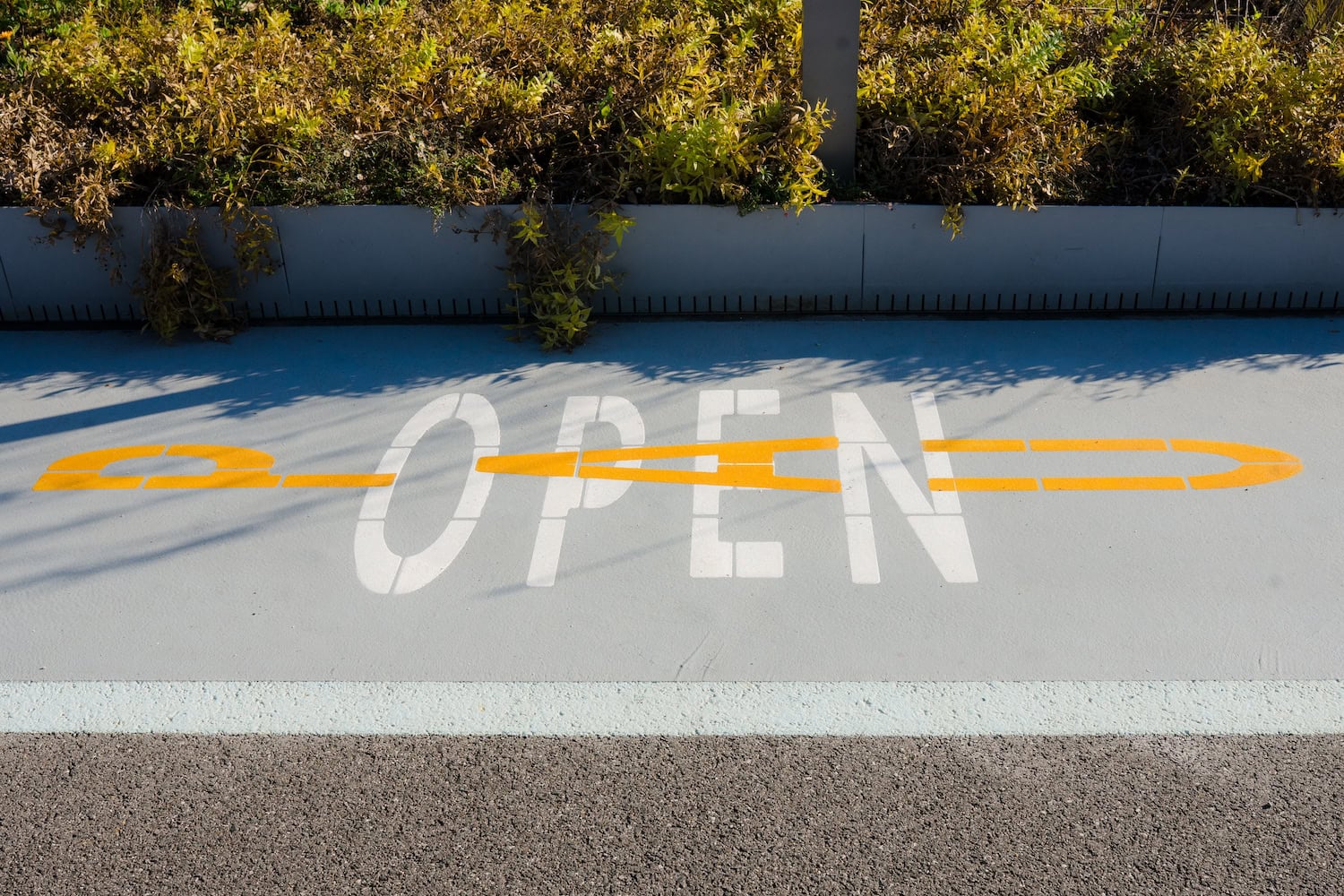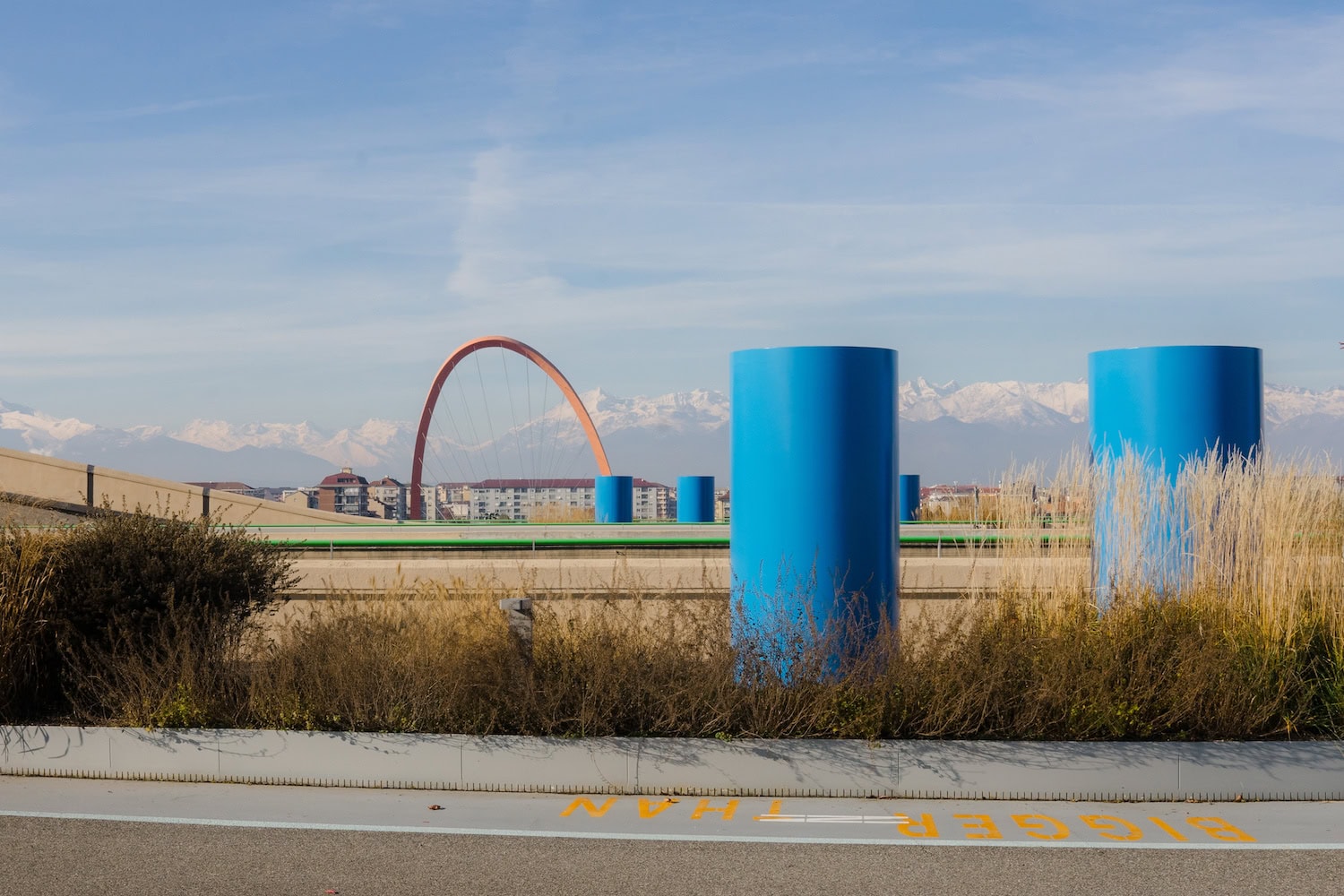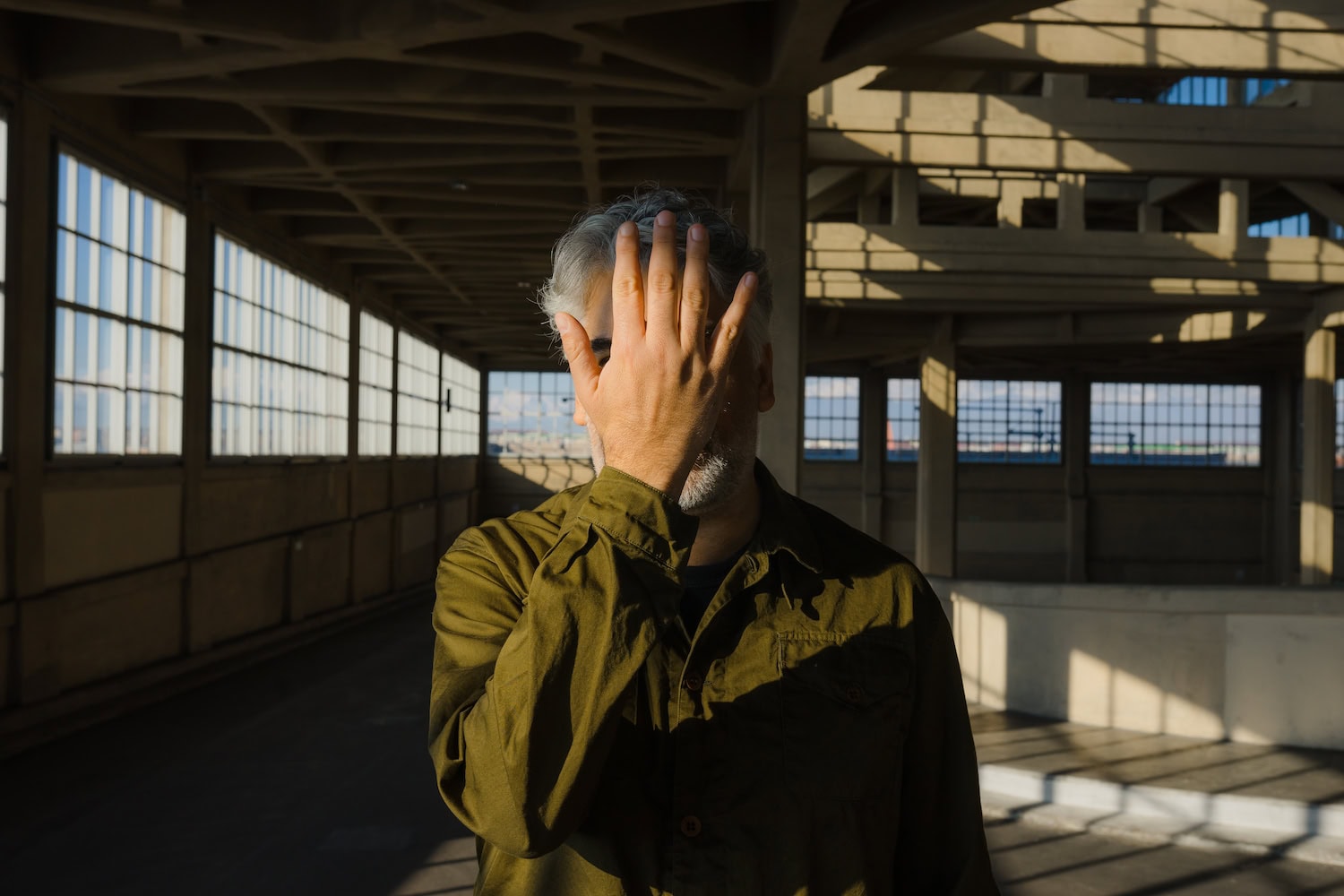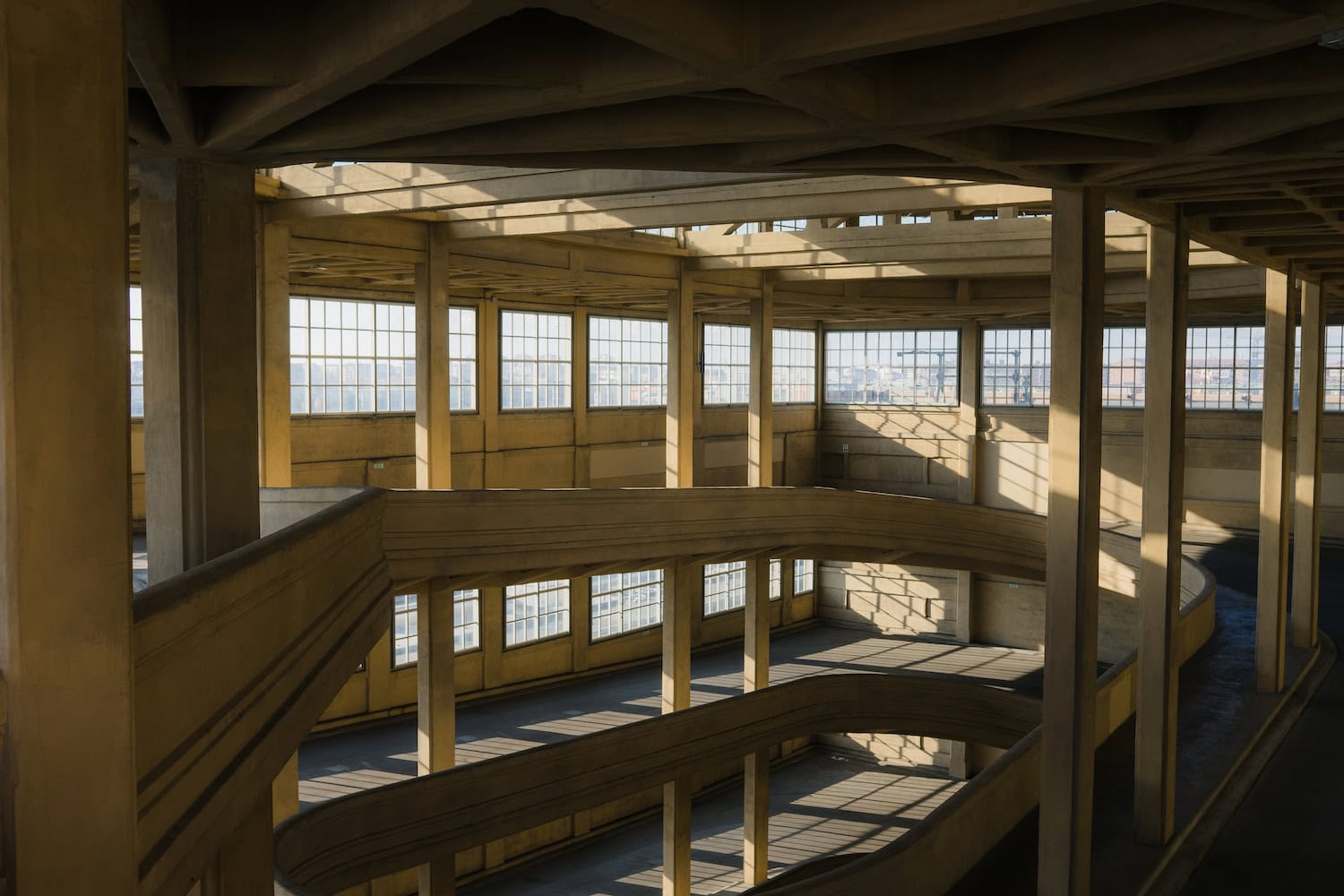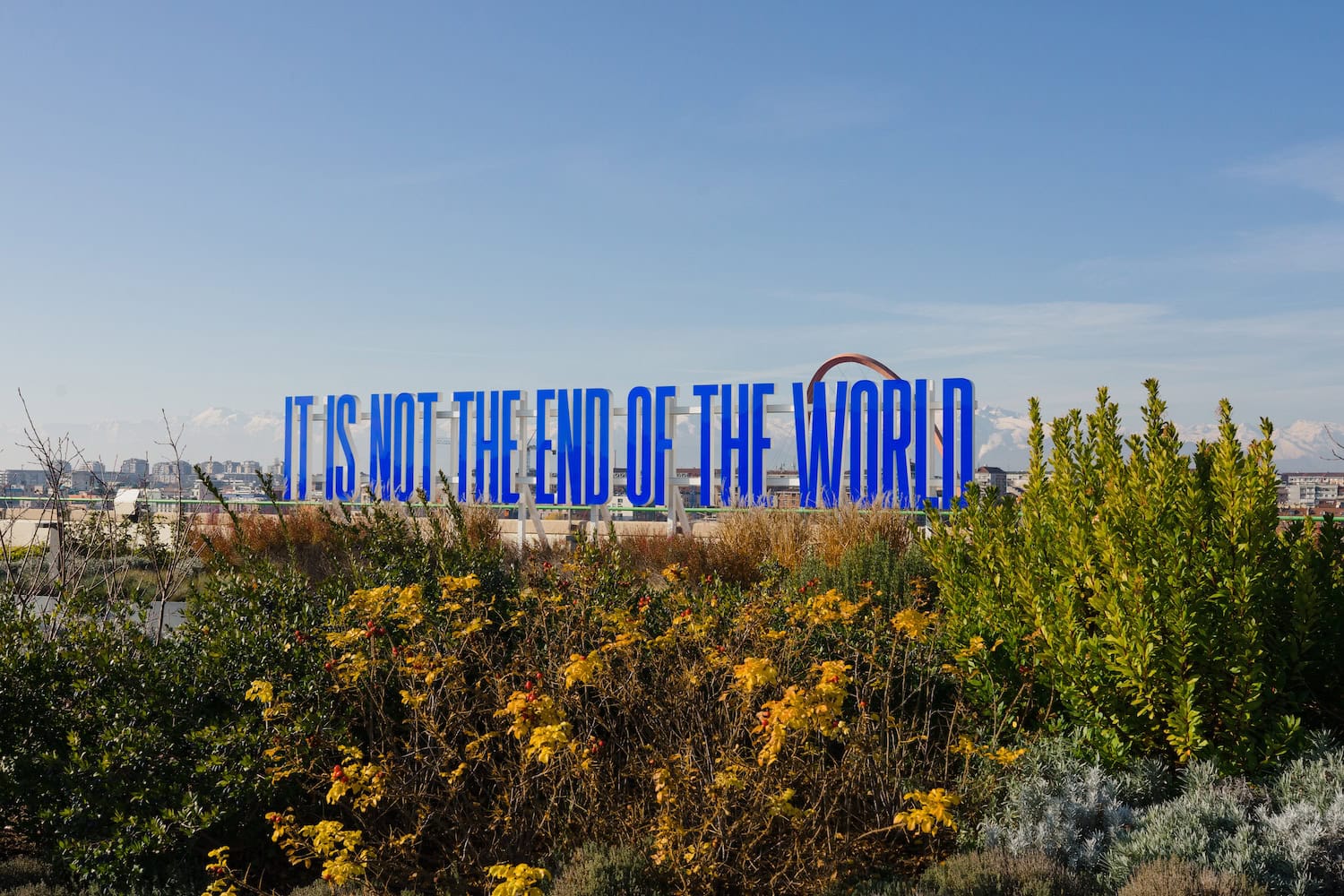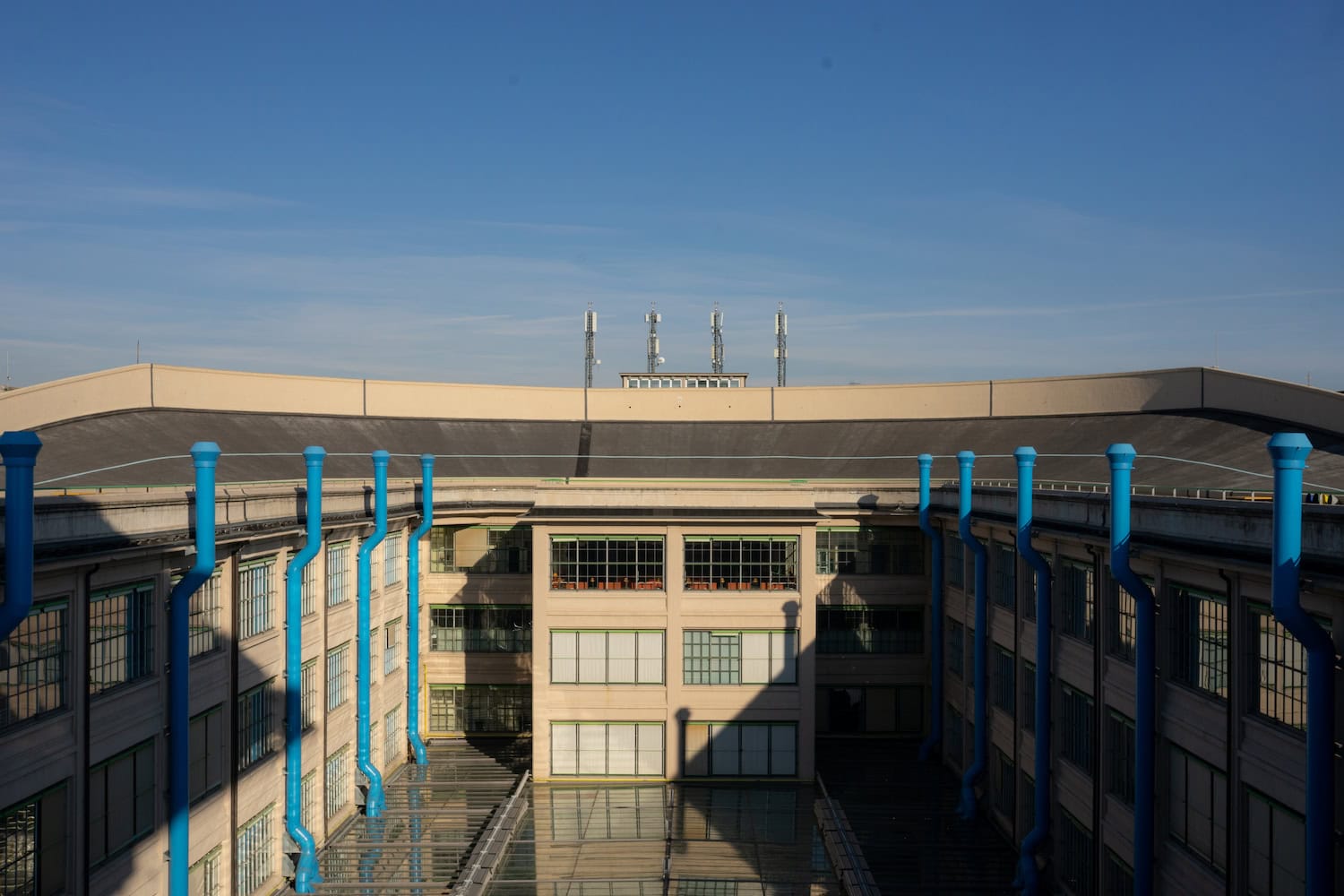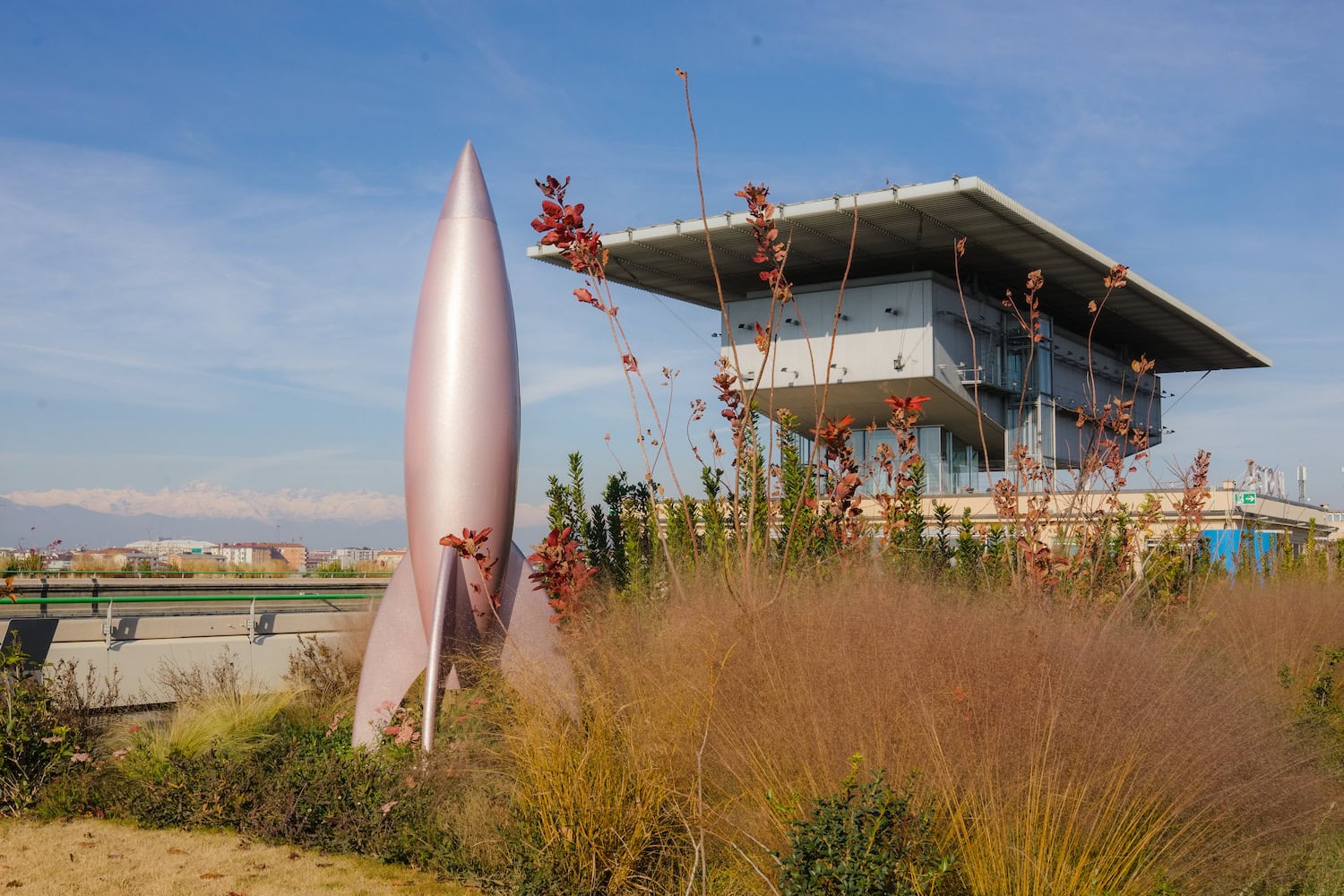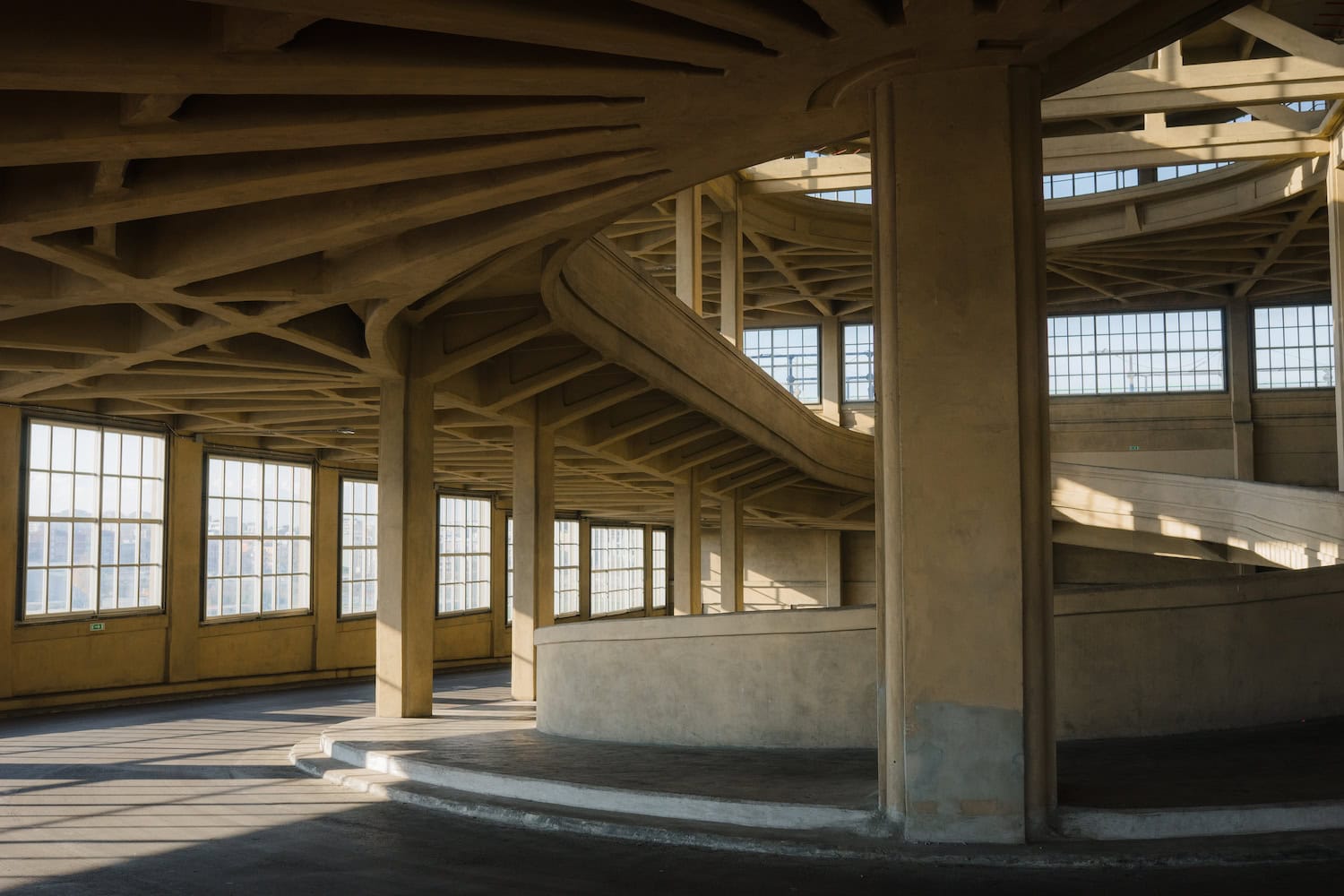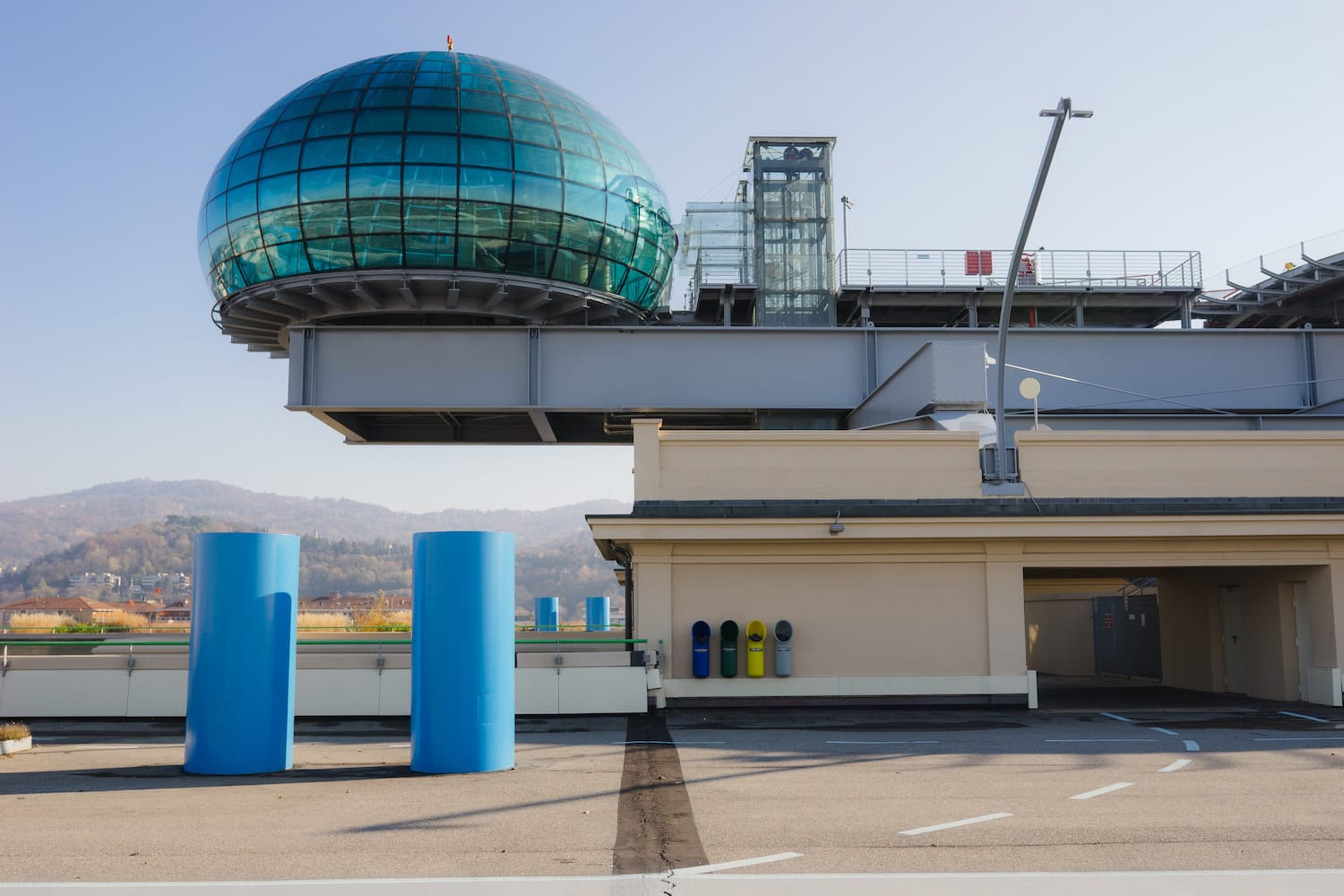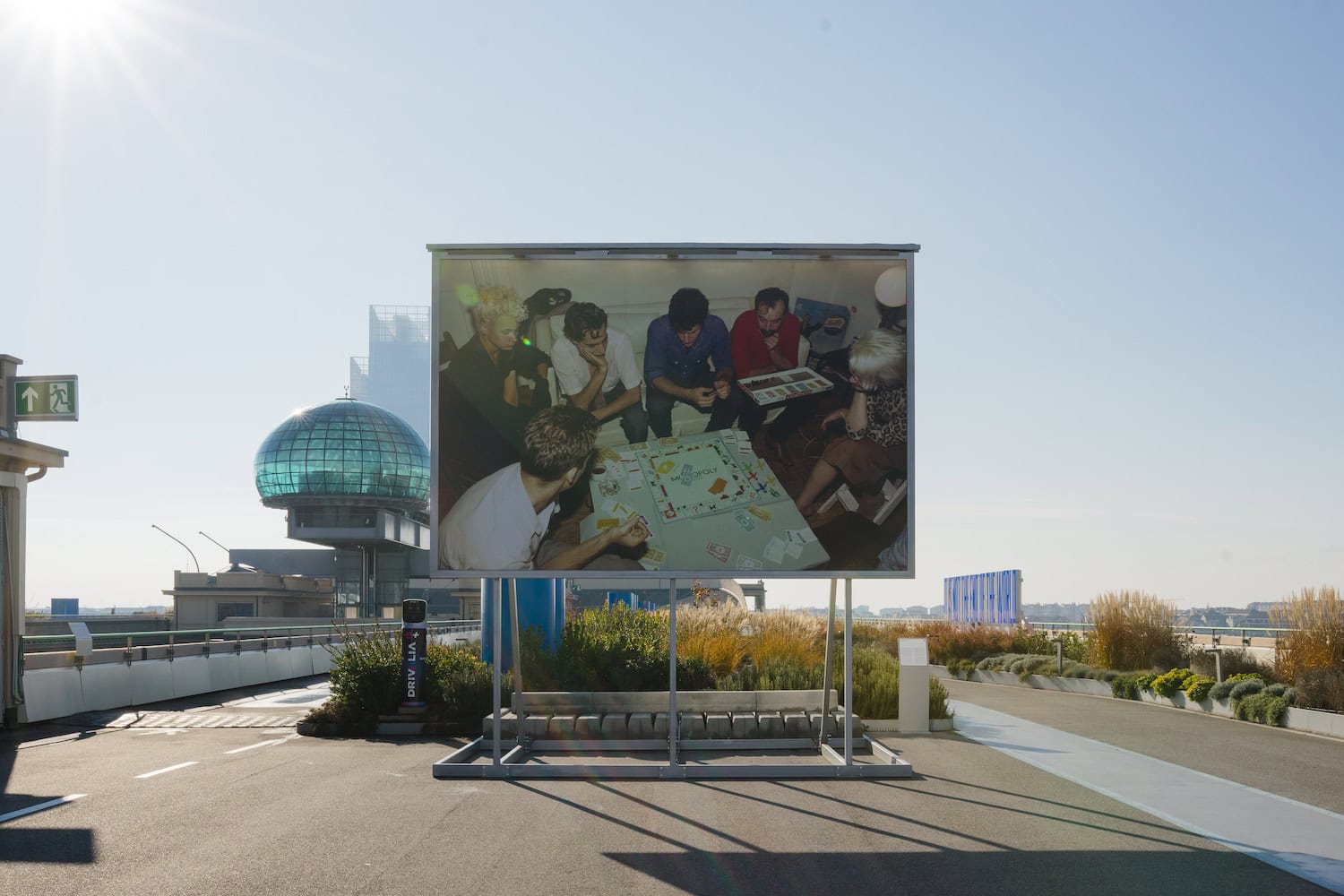The pandemic and its consequences changed our ways of perceiving ourselves, others, and, mostly, our way of perceiving ourselves and others in interdependent causation. This kind of perspective is often organically discovered by growing up. Otherwise, for the early-gen Z / late-millennials, COVID itself and COVID restrictions represented a sort of traumatic trigger relating to these feelings about the self and the otherness. Born in 2002, C2C Festival too is entering its adult life, and still represents a living organism questioning self and otherness. Contaminations, avant-garde and dance are probably its main devices in raising this question in the audience.
On its last main occurrence, in 2019, C2C motto was “La luce al buio,” as a sort of premonition on its own game-changing role in Italian (or, better, European) culture, facing the darkness of challenging present times. In 2022, C2C focused on celebrating its 20 years, often lived as an age of particular sensitiveness to changings and poetry, always in between something.
Sergio Ricciardone is the president of Xplosiva Cultural Association—the entity behind C2C—since 2000, and has been C2C’s Art Director since its first upcoming. In Italy, he kind of started a creative way of thinking about artistic phenomena and marrying them with brands and institutions’ necessities. We reached Ricciardone to ask him some questions about this experience.
Pietro Raimondi: Is C2C becoming an adult? Has it always been an adult? Or will it forever remain a teenager?
Sergio Ricciardone: I was just thinking about that tonight. You know the winged figure that is our symbol? In my opinion, the festival is like that right now. It is a being that has no age, no gender, no definition: it lives outside of time and space. You cannot tell whether it flies or not, yet it is there. For me at this moment the festival has entered a similar dimension, and I believe that soon the symbol will replace the logo. In any case, for a festival like ours, 20 years have an important value, because we are fragile bodies anyway, both economically and in terms of the context in which we operate. In short, Italy is not a country for festivals. But the soul of C2C could be 100 years old as well as 200: it could be a ghost, anything.
PR: If I’m not intrusive, I’d like to ask you how you experienced the most acute stages of the pandemic. I imagine it was tough for the industry, but was it also an opportunity for growth and reflection for you?
SR: The pandemic was certainly a time of crisis, just as it can be now to be doing this work during a European war, an ever-closer environmental catastrophe, etc. The pandemic, however, fixed a before and after. The before gave us a sense of security, albeit illusory, about what we did and how we communicated. Now, for the past three years, the very way and urgency in which things happen and are thought about has changed, so basically everything has changed. The pandemic has forced us to imagine a world without live, or rather a world without extraordinary audience participation-in other words: without freedom. I don’t know if you remember the word that was used—”gathering”—with this punitive meaning and understood as a moment that presupposed penance. We have always preferred to talk about aggregation and hope to continue to do so. The pandemic has certainly forced us to think more lucidly about what we do, and I am very happy with how we have handled this crisis. In fact, it is precisely the crisis that has allowed us to imagine new formats, to rethink everything we were doing and work in another way, according to different models. We have restarted this year with an edition that—I won’t hide from you—I think is the best edition we have ever done, and it is great to have succeeded after three years of absence. This was probably also possible because of these crises, which made me grow both personally and entrepreneurially, but it also made C2C grow as a cultural enterprise.
PR: Very interesting, indeed. Still talking about change: if we were to look at the cultural landscape in your industry 20 years ago compared to now, what would be the main differences?
SR: Certainly there was more freedom and fewer bureaucratic stakes. In general, there was a lot of ferment going on, especially in Turin, which was kind of the reference point in Italy for clubbing and various other subcultural movements. It was definitely a happy time, when certain things emerged more spontaneously. Of course, the world has changed a lot in recent years, and today we find ourselves organizing big events that have completely different bureaucratic and economic sustainability needs. I think everything was simpler back then. I think of one of the first concerts I saw in my life, about 30 years ago, by Einstürzende Neubauten (who by the way also inspired our symbol)… It was the 1990s and they played in Turin in the Lingotto construction site meaning, in the building adjacent to the one in which we did the festival. It was for all intents and purposes a construction site with work in progress, yet there was an official Einstürzende Neubauten concert. That thing would absolutely not be possible today. Today we, fortunately, have grown up and have broad shoulders, but we were also lucky to start in those years and in that context.
PR: In these two decades your success has also been based on image-an essential image, connoted by a certain communicative gravitas. However, I like to think that behind this neat image there are nonetheless stories outside the box. So I wanted to ask you if you had any lighter, funny anecdotes to tell me to tone down this very serious, untouchable image.
SR: The festival is the experience, before its communication. We experience it as a kind of secular celebration that cannot be separated from the artists. And they are the ones who have created the stories you ask about. Many of them have in fact not been confirmed in a racombolesque way, outside the “canonical” dynamics…
PR: I would be curious to know what kind of dynamics were created. If I’m not too indiscreet.
SR: No, absolutely. I’ll give you a few examples. Thom Yorke, who played with us in 2015, had his manager call us directly, bypassing a series of agents and booking. The confirmation came, don’t ask me why, as a result of a meeting that took place secretly in an English wood. I have omitted the intermediate steps, but it really happened that way. Then an equally peculiar thing happened with Apehx Twin, when he made his return to live performance by doing three dates in all in Europe. But before that tour, he had decided to do a live show in America, in Texas I think. We went on a secret mission to meet the agent, and in that case, the confirmation came practically during a tornado, which even threatened to interrupt the show.
PR: An epiphany in every sense of the word. I would like to continue by asking a controversial question. We are used to looking at you and C2C as a benchmark for musical experimentation in Italy. Yet when it came to having to define a label—something somewhat unfortunate but unfortunately often necessary—you always talked about avant-pop. I find it very easy to connect you with the word avant; less so, however, with pop. So I wanted to ask you, as you’ve probably been asked a million times before, what is pop to you, what does it mean?
SR: The idea is to pursue a discourse that embraces more and more audiences. For us pop means in fact popular: it is interesting to try to intercept and represent those artistic imaginaries that, starting from subcultures, have the power to change the nature of pop in the strict sense. What is pop for me? If you want, I will tell you what perfect pop is to me. For me, perfect pop is embodied by artists like Franco Battiato—artists who have sold millions of records and made several generations of people dance, but at the same time are great experimenters and innovators… Charismatic figures who have changed the culture, and in this extended also the boundaries of pop.
PR: I agree with that. We finally got to the last question, which I warn you is a bit peculiar. To ask it I have to start with an artist who probably has nothing to do with C2C, but who has a curious connection with Franco Battiato. Franco’s real name was in fact Francesco, but his first television performance coincided with that of another Francesco: Francesco Guccini. Battiato, therefore, chose to call himself “Franco” to differentiate himself from his namesake. I took it very broadly, I know. But to get to the point: there is a very important line from Guccini that says:
“Perché a vent’anni è tutto ancora intero
Perché a vent’anni è tutto chi lo sa
A vent’anni si è stupidi davvero
Quante balle si ha in testa a quell’età”
Because at twenty years old everything is still whole.
Because at twenty years old it’s all who knows.
In your twenties you are really stupid
How much baloney you have in your head at that age.
So I wanted to ask you, using this character completely outside the grammar of C41, what dreams are still whole in C2C and what dreams should be put aside.
SR: You really want to corner me! The dreams that are still whole are about the experience that people have of the festival: the fact that they keep such a strong and lasting memory of it. In other words, it’s important to me that all 35,000 people who come to the festival come out happy. In the end, it is a kind of secular communion for everyone, including the people who work there. This is definitely the biggest dream. One dream that has turned into a goal that has been achieved, so we can stop chasing, is the one related to understanding the importance of the festival in the artistic and cultural landscape of the city. We have built important paths and relationships, both with Pinacoteca Agnelli and OGR, and we are happy with what we have achieved. We are convinced that a festival like ours in Milan would not have the same strength, and we are happy that the city has recognized the role we have. One of the nicest comments I received after the festival was from a British journalist who wrote to me, “It felt like a festival as immersive, 72-hour, walk-through artwork” (Jazz Monroe, Pitchfork). This is the dream come true.
PR: Beautiful, thank you. It was like that for us, too.
SR: Thank you. I look forward to seeing you next year!
